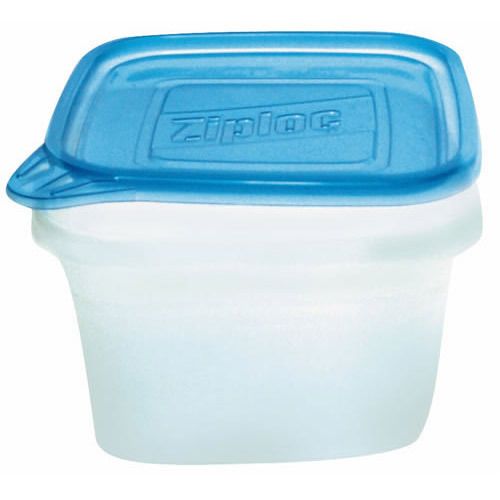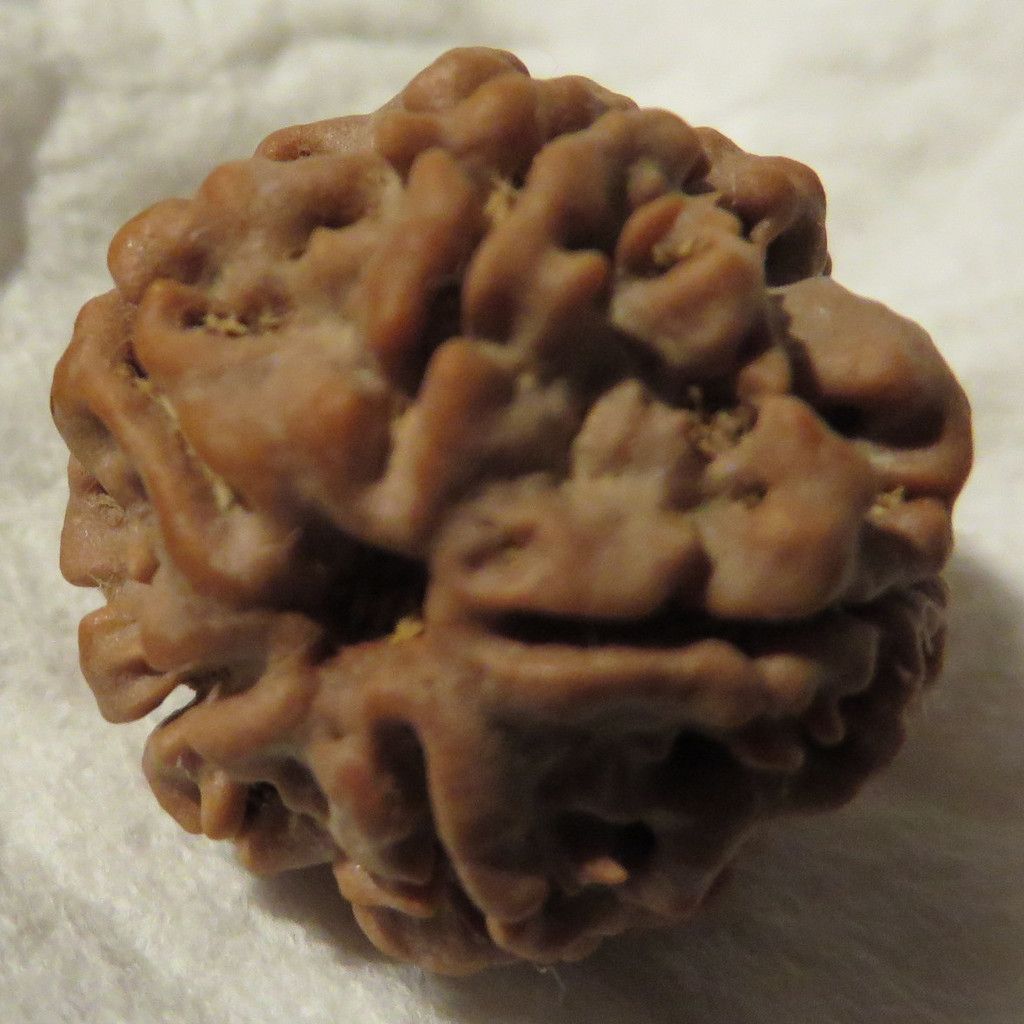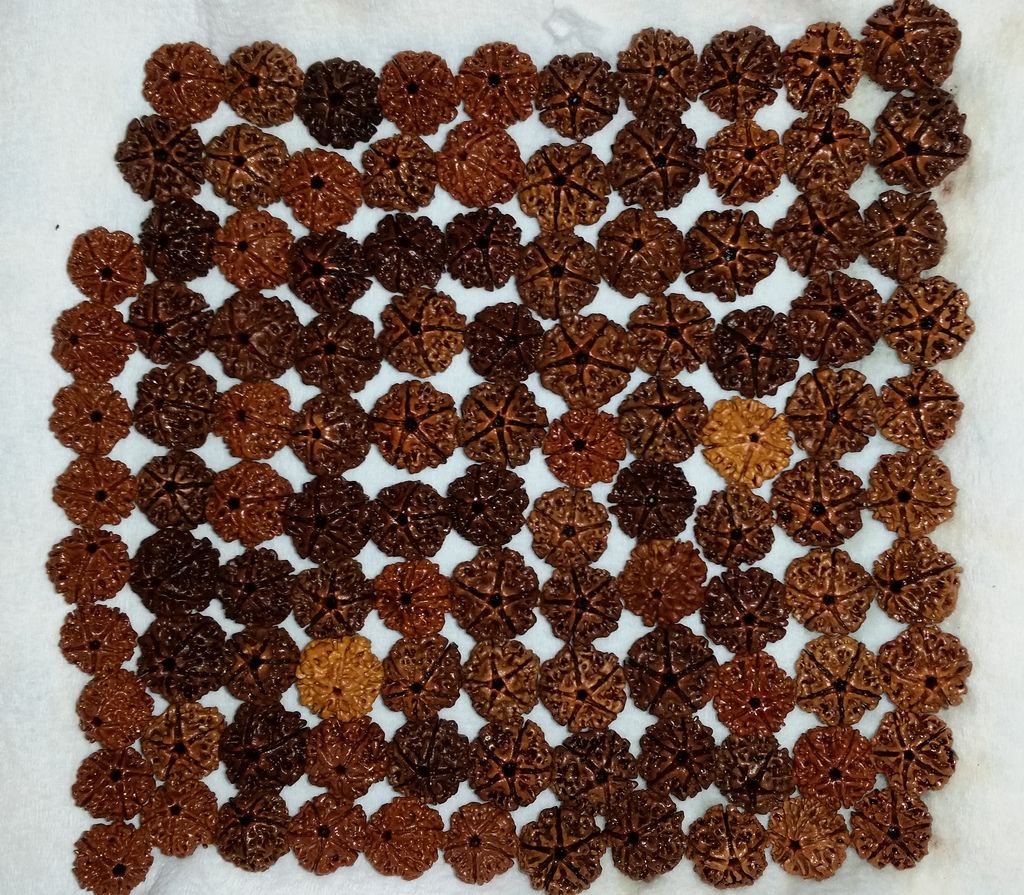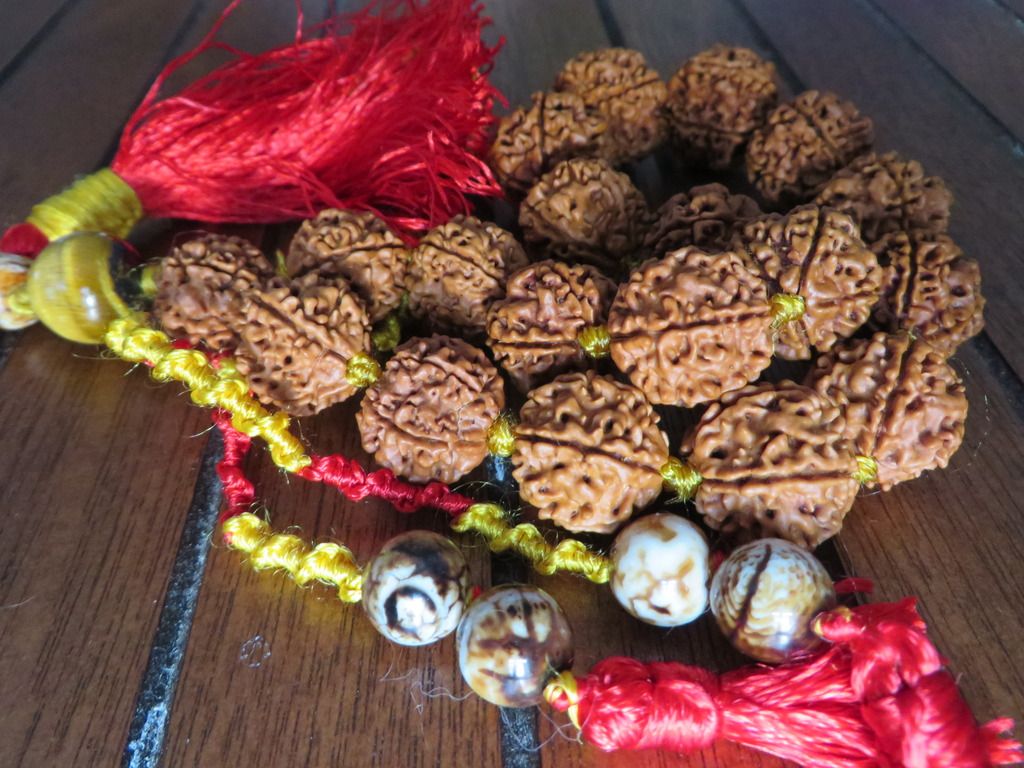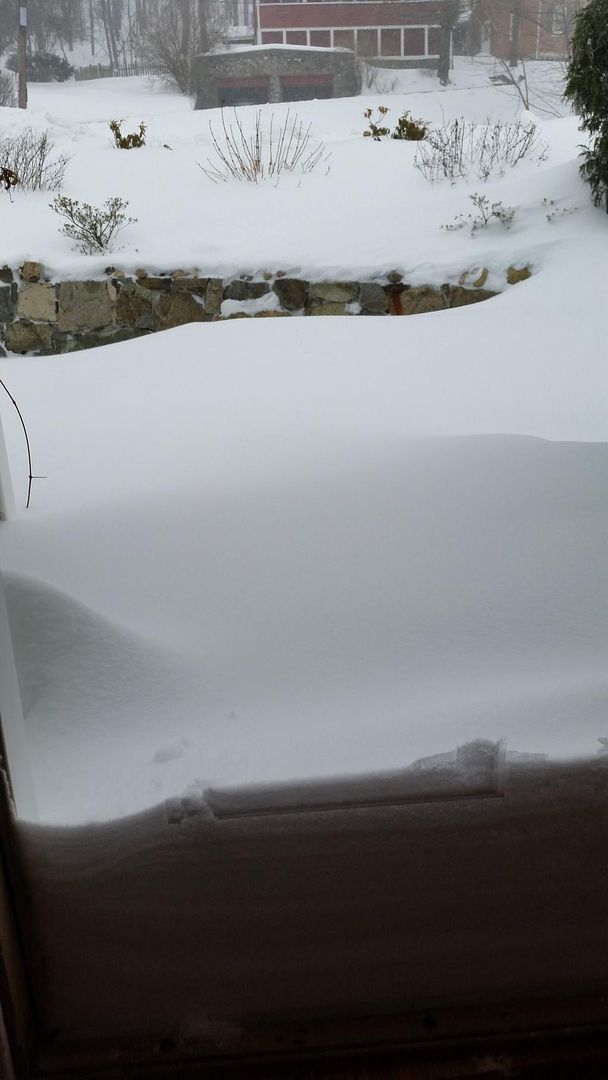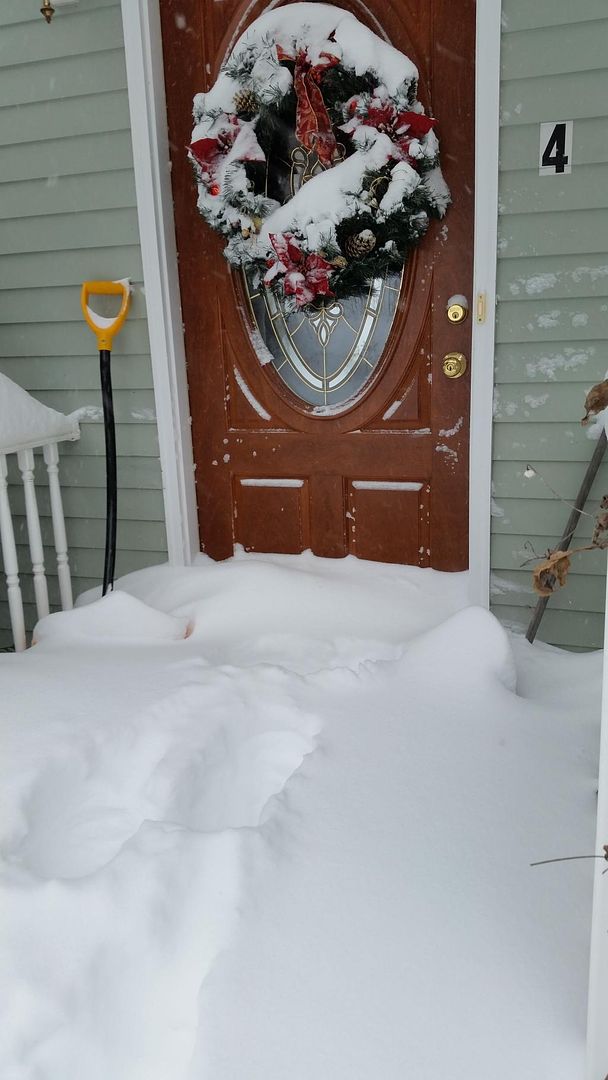ॐ त्र्यम्बकं यजामहे
सुगन्धिं पुष्टिवर्धनम्
उर्वारुकमिव बन्धनान्
मृत्योर्मुक्षीय मामृतात् ॥
सुगन्धिं पुष्टिवर्धनम्
उर्वारुकमिव बन्धनान्
मृत्योर्मुक्षीय मामृतात् ॥
Om Try-Ambakam Yajaamahe
Sugandhim Pusstti-Vardhanam
Urvaarukam-Iva Bandhanaan
Mrtyor-Mukssiiya Maa-[A]mrtaat ||
Sugandhim Pusstti-Vardhanam
Urvaarukam-Iva Bandhanaan
Mrtyor-Mukssiiya Maa-[A]mrtaat ||
Great Lord, now especially, count all your Children and don't miss a single part. Take all those lost under your protective shelter, and bring safe shelter to those with none, as you shelter those survivors at your great Temple. Remove their fear and suffering, the world needs no more; bring them Peace and Bliss, and guide those who are lost gently to their next destination.
I have been told so many times by wise people I thank for some kindness that it is not them but Bhagavan who gives it. But what they deny in turning the Thanks away from themselves is that Bhagavan often works through US. Through Seva, and through respect and kindness paid to others and oneself, among other ways.
Through Seva. In places or situations I cannot directly step in and help, I am a big fan of fundraising for good, vetted charities that work effectively and with as little over-head as possible so that most of the moneys reach the people in need. My last post was such a one. This post is for links for vetted charities to help those in Nepal and other areas affected by the Earthquake.
By "vetted" I mean the structure of the charity is transparent and has been researched to assure there is no corruption, as much money goes to helping the recipients of the charity, and the methods of helping are effective.
This is a video from an online acquaintance of mine, Anil. We call him our Chhota Bhai, He is a sweet person, he glows. He is from Nepal, and thankfully his family is safe so far. He has started his own fund with a friend and is going to buy food then travel to Nepal from Delhi with supplies to feed people. Here is his Link to his fund:
https://fundly.com/food-for-nepal-earthquakes-survivors
Other good places you can help out:
- Paytm in India - for those in India who would like to donate
http://www.pri.org/stories/2015-04-25/how-help-nepal-7-vetted-charities-doing-relief-work-following-earthquake
Direct links to the 7 they recommend:
Please, if you have your family, and you and they are sleeping in some form of bed and shelter tonight, if you are certain of your own meals tomorrow... Donate and help someone who suddenly has lost most or all of these things, and just before Monsoon. Especially if you can't be there to help directly, giving money to those who can and will use it well, is a great way to help out.
Om,
We Worship the Three-Eyed One,
Who is Pristine Spiritual Essence and Who Nourishes all beings.
May He sever our Bondage of Samsara, like a Cucumber from its vine,
and thus Liberate us from Death, for the sake of Immortality.
ॐ शान्तिः शान्तिः शान्तिः









